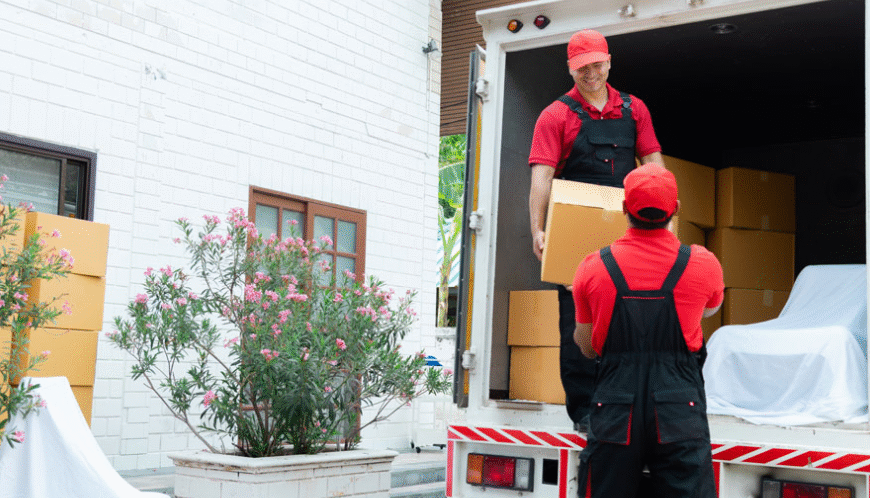In a world filled with digital printing, direct-to-garment technologies, and fast fashion trends, one classic technique continues to stand tall: custom T-shirt screen printing. For decades, it has remained the go-to method for creating vivid, long-lasting, and bold designs on apparel. Whether you’re designing shirts for a business, event, sports team, or brand launch, screen printing consistently delivers a level of quality and impact that’s hard to match.
In this article, we’ll explore why custom T-shirt screen printing is still the best choice for achieving bold designs, how the process works, and why it continues to dominate the apparel decoration industry despite the rise of newer printing methods.
The Art and Craft Behind Screen Printing
At its core, screen printing is both an art form and a production process. The technique involves pressing ink through a fine mesh stencil—called a screen—onto fabric. Each color in a design has its own screen, and the layers are carefully aligned to produce the final image.
What makes this method so special is the tactile richness and durability of the printed design. The ink used in screen printing sits on top of the fabric rather than soaking into it, resulting in more vivid colors and a slightly raised texture that feels professional and premium.
Even though screen printing has been around for centuries, modern advancements have made it more precise, efficient, and eco-friendly. Today’s high-quality inks, advanced screens, and automated presses ensure every shirt comes out looking clean, vibrant, and consistent—whether you’re printing 10 or 10,000 units.
See also: Queen Sleeper Sofas That Bring Style and Comfort Together
Why Screen Printing Outshines Other Methods
It’s tempting to think that newer methods like direct-to-garment (DTG) printing or heat transfers would replace screen printing entirely. Yet, the opposite has happened. Professional printers and customers alike continue to choose screen printing for several compelling reasons.
1. Vibrant, Long-Lasting Colors
Screen printing produces incredibly rich, opaque colors that don’t fade easily. Because the ink layers are thicker than those in digital printing, they maintain their brightness through countless washes. For designs with bold graphics, high contrast, or solid blocks of color, screen printing is unmatched.
2. Perfect for Bulk Orders
Once the screens are set up, the process becomes highly efficient, making it ideal for bulk T-shirt orders. Schools, events, corporate giveaways, and clothing lines all benefit from the speed and consistency of large-run screen printing. The cost per shirt typically decreases as the quantity increases, making it both practical and economical.
3. Works on a Wide Range of Fabrics
Unlike some modern printing technologies that perform best only on certain materials, screen printing works beautifully on a variety of fabrics—cotton, polyester, blends, and even specialty materials. This flexibility allows for creative freedom in apparel selection without compromising quality.
4. Exceptional Durability
The ink used in screen printing forms a strong bond with the fabric fibers, resulting in a print that can withstand repeated wear and washing without cracking or peeling. When properly cured, screen-printed designs often outlast the garment itself.
5. Premium Feel and Finish
Screen-printed designs have a distinct tactile quality—a smooth yet slightly raised texture that exudes quality. This physical dimension enhances the visual boldness of the artwork, making the T-shirt feel more substantial and professional.
A Perfect Fit for Bold and Creative Designs
When your goal is to make a statement, subtlety won’t do. Whether it’s a promotional T-shirt for a product launch, a concert tour, or a limited-edition fashion drop, you want your design to pop.
Bold Colors Demand Bold Printing
Screen printing is ideal for designs that use solid, bright colors and sharp lines. Because each ink color is applied separately, the final result retains its vibrancy and precision—something digital printers often struggle to achieve when layering complex tones.
Consistency Across Every Print
In branding and merchandise, consistency is everything. A color variation between shirts can undermine your brand identity. With screen printing, once the screens and inks are calibrated, every shirt in your batch will look identical—same saturation, same sharpness, same finish.
Perfect for Artistic Expression
Artists and designers love screen printing for its creative possibilities. Specialty inks such as metallic, glow-in-the-dark, puff, and glitter inks can be incorporated to create unique textures and effects. This level of creativity ensures your custom T-shirt doesn’t just carry a message—it becomes wearable art.
The Process: From Design to Finished Product
Understanding how custom screen printing works gives you a deeper appreciation for its craftsmanship.
Step 1: Design Preparation
The process begins with a digital design, often created in vector format to maintain sharp edges. Each color in the design is separated into its own layer, which will become its own screen.
Step 2: Screen Creation
A mesh screen is coated with a light-sensitive emulsion. The separated design is printed on a transparent film and placed over the screen. When exposed to light, the emulsion hardens everywhere except where the design blocks it. The unexposed areas are then washed out, leaving a stencil of the artwork on the mesh.
Step 3: Printing Setup
Each screen is mounted onto a press. The shirt is carefully placed on a platen (a flat surface), and ink is applied across the screen. Using a squeegee, the printer pushes the ink through the stencil openings, transferring the design onto the fabric.
Step 4: Curing and Quality Check
After printing, the shirt goes through a heat dryer to cure the ink. This step ensures that the design is fully bonded to the fibers, providing its signature durability. Finally, every print is inspected for color accuracy, alignment, and overall quality.
Sustainability and Screen Printing
In recent years, the apparel industry has faced growing concerns about sustainability. Fortunately, modern screen printing has adapted with more eco-conscious practices. Many printers now use water-based or phthalate-free plastisol inks, which reduce environmental impact without compromising quality.
Recycling screens, using energy-efficient dryers, and minimizing waste have also become common. This evolution allows businesses to enjoy the benefits of bold, professional printing while maintaining eco-friendly standards.
Why Businesses and Brands Still Choose Screen Printing
From local startups to established organizations, many brands rely on screen printing for their promotional apparel. Here’s why it remains the gold standard:
1. Professional Presentation
A well-printed T-shirt acts as a mobile billboard. It carries your logo, slogan, or artwork into the world—on every person who wears it. The sharpness and depth of screen-printed designs make them stand out, helping your brand appear professional and confident.
2. Emotional Connection
People keep screen-printed shirts longer. Whether it’s a concert tee, a charity event shirt, or a company uniform, the durability and visual appeal create emotional value. When your audience keeps your T-shirt for years, your brand stays with them—literally.
3. Versatility in Application
Screen printing isn’t limited to T-shirts. Hoodies, tote bags, hats, and even jackets can all be screen printed. This versatility makes it an excellent choice for cohesive branding across various products.
The Modern Evolution of Screen Printing
Today’s screen printing is a blend of tradition and innovation. Digital technology has made the design setup faster and more accurate, while automation ensures consistency and efficiency in large-scale production.
Some printers now combine screen printing with digital enhancements to create hybrid prints—leveraging the best of both worlds. Yet, even with these advancements, the essence of screen printing remains rooted in craftsmanship and tactile beauty.
Tips for Getting the Best Results
If you’re considering custom T-shirt screen printing for your next project, keep these tips in mind to ensure top-quality results:
- Choose High-Resolution Artwork – Vector files (.AI, .EPS, .SVG) produce the cleanest lines.
- Keep Colors Simple and Bold – Fewer colors often lead to sharper, more eye-catching designs.
- Select the Right Fabric – 100% cotton or cotton blends tend to hold ink best.
- Discuss Ink Options – Specialty inks like metallic or puff can enhance your design’s visual impact.
- Order a Proof – Always review a printed sample before mass production to confirm color and placement.
Conclusion
Despite the rise of new printing technologies, custom T-shirt screen printing remains the reigning champion for bold, high-impact designs. It’s a technique that perfectly balances artistry and durability, producing apparel that looks professional, feels premium, and lasts for years.
Whether you’re promoting a brand, launching merchandise, or creating uniforms, screen printing continues to deliver the quality and visual punch your designs deserve. Its rich colors, long lifespan, and versatility make it the go-to method for anyone who values craftsmanship and creativity.
So if you’re looking to make a statement with your next T-shirt design—make it bold, make it lasting, and make it screen printed.

















